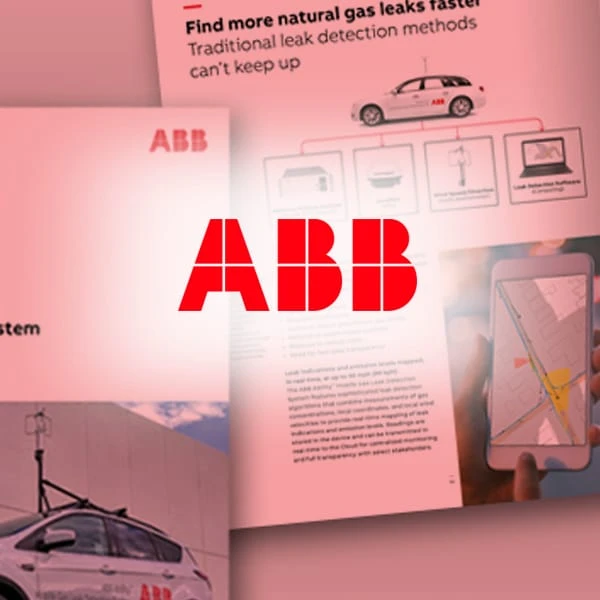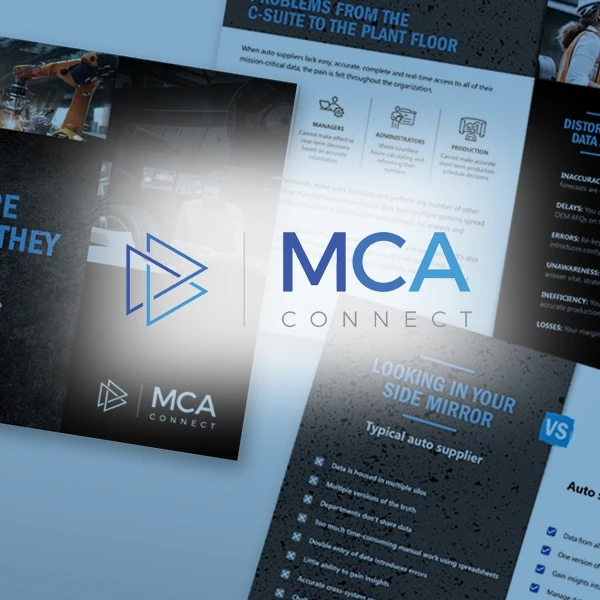One of the challenges of publishing thought leadership in the B2B manufacturing ecosystem is that some organizations misunderstand what thought leadership is. Some believe that “thought leadership” is simply a fancy C-suite term for content marketing. Others mistake thought leadership as a quick fix for sales, or something that only big brands with huge budgets can achieve.
Are These Six B2B Manufacturing Thought Leadership Myths Limiting Your Growth?
One of the challenges of publishing thought leadership in the B2B manufacturing ecosystem is that some organizations misunderstand what thought leadership is. Some believe that “thought leadership” is simply a fancy C-suite term for content marketing. Others mistake thought leadership as a quick fix for sales, or something that only big brands with huge budgets can achieve.
In reality, these misconceptions can hold your business back from leveraging one of the most powerful tools for differentiating your brand, building trust, attracting high-quality leads, and establishing industry authority.
In this post, we’ll address the six most common myths and misunderstandings about thought leadership, and show why B2B manufacturers and their technology suppliers of any size can use thought leadership to create competitive advantage, accelerate sales cycles and drive meaningful growth.
First, a definition
As we define it in our 2025 Thought Leadership in Manufacturing Report, thought leadership is content that delivers expertise, guidance or a unique perspective on a professional topic or field (such as technology, business processes and industry trends). This content can be published in many formats, including articles, blogs, podcasts, presentations, research reports, videos, webinars and whitepapers.
True thought leadership is:
- Original: Offers unique perspectives or insights not addressed anywhere else (the “leadership” in thought leadership)
- Relevant: Addresses current and future industry challenges (the “thought” in thought leadership)
Thought leadership can also stand out from other types of content by being:
- Unbiased: Communicates in an impartial way
- Realistic: Based on real-world experiences, case studies and examples
- Provocative: Demonstrates innovative thinking that challenges conventional wisdom, offering visionary or disruptive ideas
- Empirical: References strong research data
Myth #1: Thought leadership is content marketing and vice versa
Yes, content marketing and thought leadership are closely related, but they are not synonymous. Content marketing focuses on delivering value-driven content to attract and engage specific audiences, often with the goal of driving conversions. But it isn’t necessarily original, or unbiased.
Thought leadership, on the other hand, is about communicating unique insights and shaping the conversation in your industry. It’s about offering novel perspectives that demonstrate your expertise. Content marketing supports thought leadership, but thought leadership stands out by challenging norms, solving complex problems, and addressing emerging trends in meaningful ways. True thought leadership leads the conversation.


Myth #2: Thought leadership is only for the C-Suite
Many manufacturers believe that thought leadership is reserved for the C-suite. They believe that only their C-suite should produce it, and only a potential customer’s C-suite should consume it. But while C-suites often plays a central role in the creation of thought leadership, thought leadership can come from anyone in your organization with deep expertise and a unique point of view.
Engineers, systems integrators, software developers, maintenance managers, sales leaders and other specialists can all contribute original, valuable insights that resonate with your audience. In fact, showcasing a range of voices from across your company strengthens your thought leadership strategy by providing diverse perspectives on the challenges your customers face.
Myth #3: Whitepapers are thought leadership
Whitepapers, blog posts, videos, and webinars can all be vehicles for thought leadership, but they don’t define it. Thought leadership is determined by the originality of the ideas, not by the format or the channel. A whitepaper filled with generic information won’t establish your brand as an industry authority just because you call it a whitepaper. And a post published on LinkedIn won’t necessarily build credibility for your brand simply because of where you published it.
The same goes for research reports, keynote addresses, webinars and the other popular forms of thought leadership. They are not, in themselves, thought leadership just because of their format.
On the other hand, a short, insightful blog post that offers a new way to solve a persistent industry challenge might qualify as thought leadership. To succeed, focus less on channels and more on challenges. Focus less on the medium and more on delivering original, compelling, actionable insights that set you apart from competitors.


Myth #4: Only metrics determine if something is thought leadership
It’s tempting to measure thought leadership with traditional campaign metrics, like open rates, clickthrough rates, downloads, shares, comments and likes. While these metrics provide useful insights, they don’t tell the full story. True thought leadership isn’t always immediately and directly measurable—it’s about building long-term trust and influence.
A single article might not go viral, but it could spark conversations with key decision-makers, lead to a partnership, or inspire a prospective customer to choose your company over a competitor. Thought leadership success is better evaluated through qualitative outcomes, such as brand perception and audience engagement with your ideas. Remember, just because a whitepaper or post or video generates a lot of engagement, that doesn’t mean you have published a piece of thought leadership. Leadership, not likes, determines thought leadership.
Myth #5: Thought leadership must involve self-promotion
Some B2B marketers and sales teams are under tremendous pressure to generate measurable sales or revenue with every piece of content they publish. This causes them to view thought leadership as valuable only when it promotes the company, pitches a product, or sells a service.
But thought leadership is not about you or your bottom line—not directly, anyway. It’s about solving problems for your audience. Manufacturers who focus solely on promoting their products, services and achievements under the guise of thought leadership miss the mark.
Instead, effective thought leadership delivers value. It addresses industry trends, offers solutions to complex challenges, and shares a vision for the future. By putting your audience’s needs first, you build trust and credibility, which naturally leads to new business opportunities without overt self-promotion.


Myth #6: Thought leadership is only for large brands
Some B2B manufacturers believe thought leadership is a luxury that only large, well-known companies can afford. The truth is, both small and mid-sized manufacturers have just as much opportunity to establish themselves as thought leaders.
Smaller companies often have the agility to respond to trends more quickly than their larger competitors do. They also often have the narrow expertise to provide highly specialized insights. Thought leadership is about the quality of your ideas, not the size of your marketing budget. By consistently delivering unique perspectives, even small manufacturers can make a big impact.
Conclusion
Thought leadership is a powerful yet often misunderstood opportunity for B2B manufacturers. By clearing up these six common misconceptions, businesses can unlock its full potential to build credibility, accelerate sales cycles, and drive long-term growth. Thought leadership isn’t about self-promotion, vanity metrics, or format. It’s about delivering original, valuable insights that solve real challenges for your audience and shape the future of your industry. Importantly, it’s accessible to manufacturers of all sizes—not just big brands or C-suite executives.
To dive deeper into how thought leadership can impact long sales cycles and help manufacturers create competitive advantages, download the RH Blake 2025 Thought Leadership in Manufacturing Report: Thought Leadership’s Impact on Long Sales Cycle Offerings in the Manufacturing Ecosystem. This report offers actionable insights and proven strategies to elevate your thought leadership game and make a lasting impact in your market.

"You guys met our expectations in every way. It [RH Blake Market Research] was the information we were looking for. Congratulations and Thank You!"
 Scott Griggs
Scott Griggs
Director of Services for Food Manufacturing and Food Service
ALS Global

"“I’ve gotten all that I’d hoped for from the RH Blake Growth Roadmap™ and more. Based on the research and insights, we adjusted our offering scope and sales approach. And this adjustment has been effective at generating new opportunities."
 Diane Reko
Diane Reko
President
REKO International

"RH Blake has been an outstanding partner. They deliver creativity, on time, and always so professional. We love working with them because of their perspective, support, and their efficiency in turning projects around quickly."
 Samantha Spano
Samantha Spano
Digital Product Marketing & Communications Manager
Industrial Automation Energy Industries
ABB

Industrial Marketer’s Guide to Creating an Effective Marketing Program
147 pages of actionable ideas to help you create a winning marketing strategy and program

Industrial Marketer’s Guide to Creating an Effective Marketing Program
147 pages of actionable ideas to help you create a winning marketing strategy and program
Related Clients










